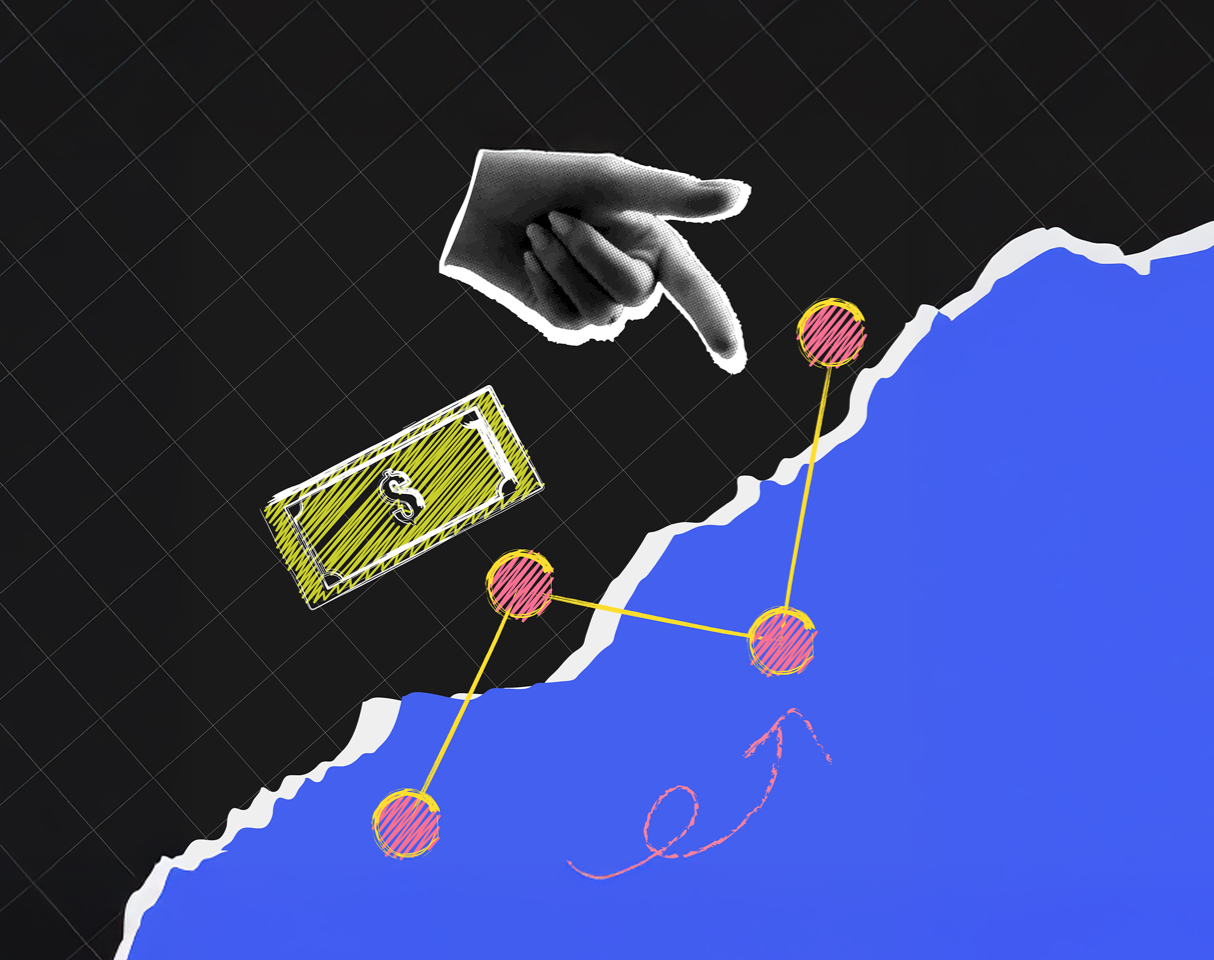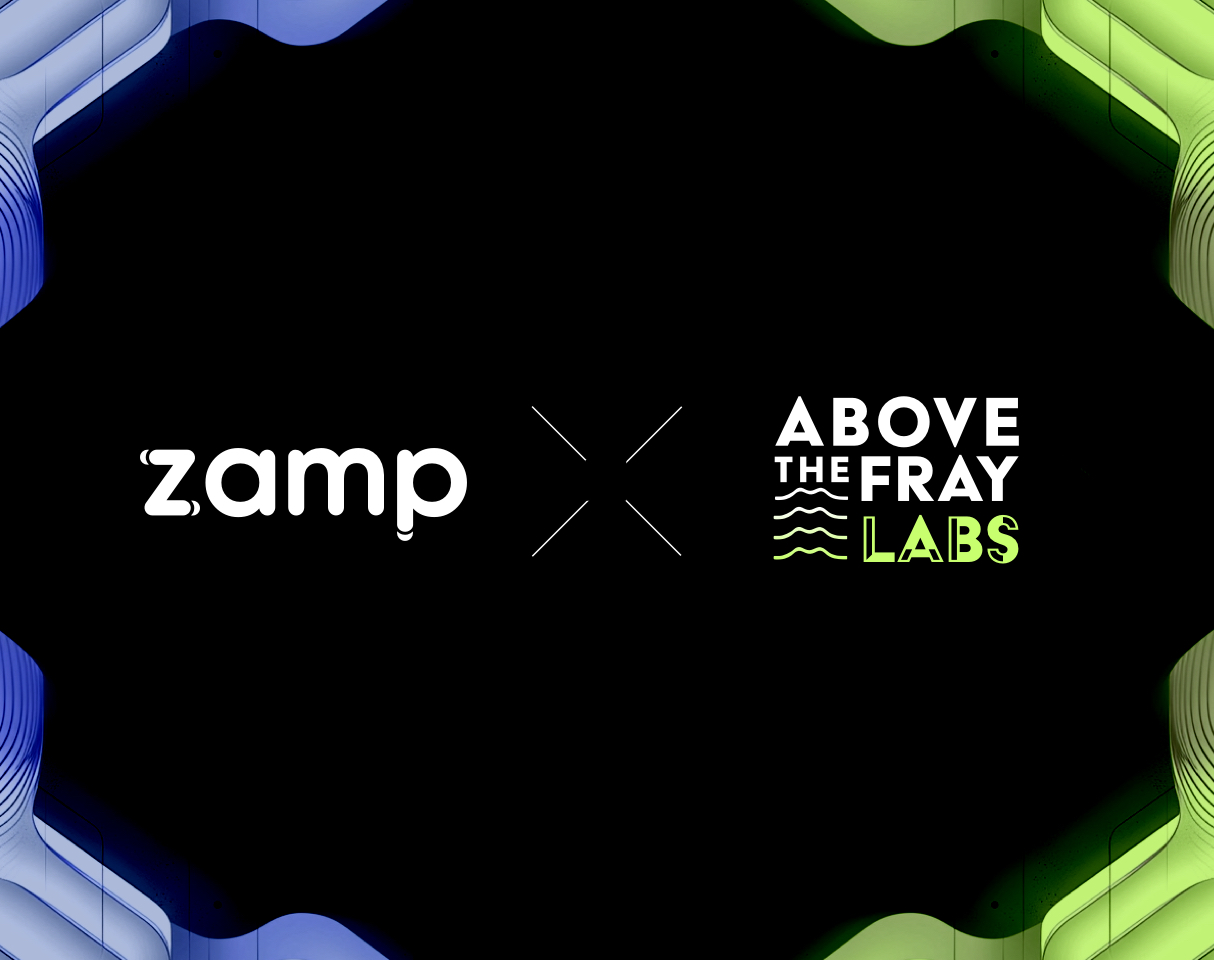
When Is the Best Time to Move to a Managed Sales Tax Solution?
Emily Kordys “Wait, we owe sales tax there, too?” If you’ve ever found yourself saying this while juggling spreadsheets at midnight before a sales tax





Home › Ecommerce Email Marketing
Your guide to badass ecommerce email marketing.

Email marketing isn’t merely a strategic framework. It’s a way of life. Just kidding! Well, sort of. All jokes aside, email marketing has become one of the most personal and impactful ways to connect with current customers and marketing funnel prospects.
By nature, it gives marketers direct access to customers and enables them to segment audiences based on the customer data they collect. Phenomenal, right? Even better (when done well), email marketing is one of the most cost-effective channels a brand can leverage.
Because it’s ideal for sending a variety of planned and targeted marketing communications that empower marketers to:
The short answer: it works if you work it. The longer answer: email marketing is a tool that can be used to maximize the impact of your ecommence experience. If done intentionally, consistently and to scale, it can be a perpetual source of traffic to your online store and a fun way to engage your customer base.
01 Database of subscribed contacts
Building an email list of subscribers provides an opportunity to garner a more one-to-one rapport with your customers in an efficient and strategic way. You can easily share new products, services, promotions, and company updates. Plus, it’s perfect for showcasing your brand personality and POV in ways that are harder to do on other platforms.
03 Cost effectiveness
Three words: it’s budget friendly. Essentially, with email marketing there are zero costs required for printing postage, or ad space. You pay only a monthly fee from your email service provider that permits you to email as many inboxes as you desire.
02 ROI of email marketing
Having access to a person’s inbox is a much more intimate level of contact with prospects. It’s not like a social media ad or television commercial. Email marketing relies on permission based interactions, meaning your subscribers are choosing to give you their email.
So with that privilege comes the responsibility for marketers to serve them with communications they actually want to receive. This is why data privacy laws and compliance are such an emphasis for email marketers. But more on that below!
01 Email campaigns (single-sends)
Email campaigns are single-send emails you create to publish at a specified time you choose to a list or lists of people you select from your email database and audience segments.
Types of email campaigns:
02 Email automation (flows)
Email automations / flows are automated emails sent specifically to people who perform a particular action that triggers and sends a designated email you create.
For example, after signing up for an email newsletter, a user would receive an automated welcome message immediately after subscribing to confirm their subscription and thank them for joining the list—potentially with an offer, blog links, resources or whatever floats your boat.
Types of email automations:
Welcome new subscribers. Typically includes a coupon code with a first time offer, links to best-selling products, popular blogs, and important resources.
For recovering carts left by customers who did not complete their purchase.
To recapture the attention of customers who browsed items on your site but did not take any further action to add anything to their cart or make a purchase.
ROI, plain and simple. Email flows can be more impactful than a regular email campaign, because it’s targeted and set up to align directly with your audience’s behavior. According to Klaviyo data, email automations produce over 14x higher revenue per recipient (RPR) than manual email campaigns.
The real brilliance of email automations is the set it and forget it approach. Because essentially after you set up an email flow, very little effort is required to maintain them. You simply create the email, turn on the automation and let it run—which helps to reduce time and effort spent to create new marketing assets.
Engagement based emails are communications to drive engagement with email subscribers. Usually featuring content such as blog posts, e-books, quizzes, and giveaways. They are also known as buy me emails.
Engagement based emails typically contain:
Transactional based emails are communications to drive sales with customers. Usually featuring promotions, offers, and items that are available for purchase. These are often referred to as click me or read me emails.
Transactional based emails typically contain:
show more
Develop a content strategy and understand who your audience is so you can decipher what’s important to them.
Questions to ask:
Do you want to primarily drive sales? Engagement? Or both? Figure out what your intentions for sending emails are and underline them. And do so before you start sending emails.
Sales emails? Blog posts? Styling tips? Graphics? Gifs? Memes? The world is your oyster! Go for it. There are a multitude of approaches you can take to create content for your subscriber base that will engage them and lead them further down your marketing funnel.
Come up with a plan to determine how many automated emails you plan on sending depending on what makes the most sense for your brand now and as you scale. Tip: a welcome email or series should be the first email you set up. You’re welcome!
Another tip: It’s best to start small and work your way up. Starting with a realistic number you can manage and then scale as you gain more experience with email marketing and subscribers.
After three months it’s a good time to start thinking about how to scale your email marketing efforts and add more emails to the schedule.
It’s important to prioritize the plan for making changes as you gather new data on how your efforts are working. If something isn’t performing then it means it’s time to try something else. Your mantra needs to be: ’’test it, don’t guess it.’’ As marketers we all have our theories about what will work and what won’t. But without data, it’s null.
Nothing good…
Then, sending to these groups in an intentional way to serve them with the right communications at the right time. It’s what distinguishes savvy email marketers from the herd.
Think seasonal cleaning but for your email subscriber list. Email list cleaning refers to the practice of routinely refining your email marketing subscriber database to remove old, stale contacts and any unengaged subscribers. This can do wonders for your engagement metrics and deliverability rate.
It’s kind of a big deal! Email deliverability is one of the most important aspects for email marketing to work. Because essentially subscribers have to receive your emails in the first place. If they don’t get your emails because of poor deliverability, sending to them defeats the purpose.

Emily Kordys “Wait, we owe sales tax there, too?” If you’ve ever found yourself saying this while juggling spreadsheets at midnight before a sales tax

Choosing an agency partner is about more than just portfolio or platform expertise—it’s about alignment. And one of the easiest ways to tell whether you’re

We’ve been architecting and building custom integrations for years, it’s an area we specialize in—connecting ERPs, PIMs, CRMs, you name it. But this one’s a
Schedule a meeting with us to discuss your ecommerce goals and how we can help you develop an email marketing strategy.